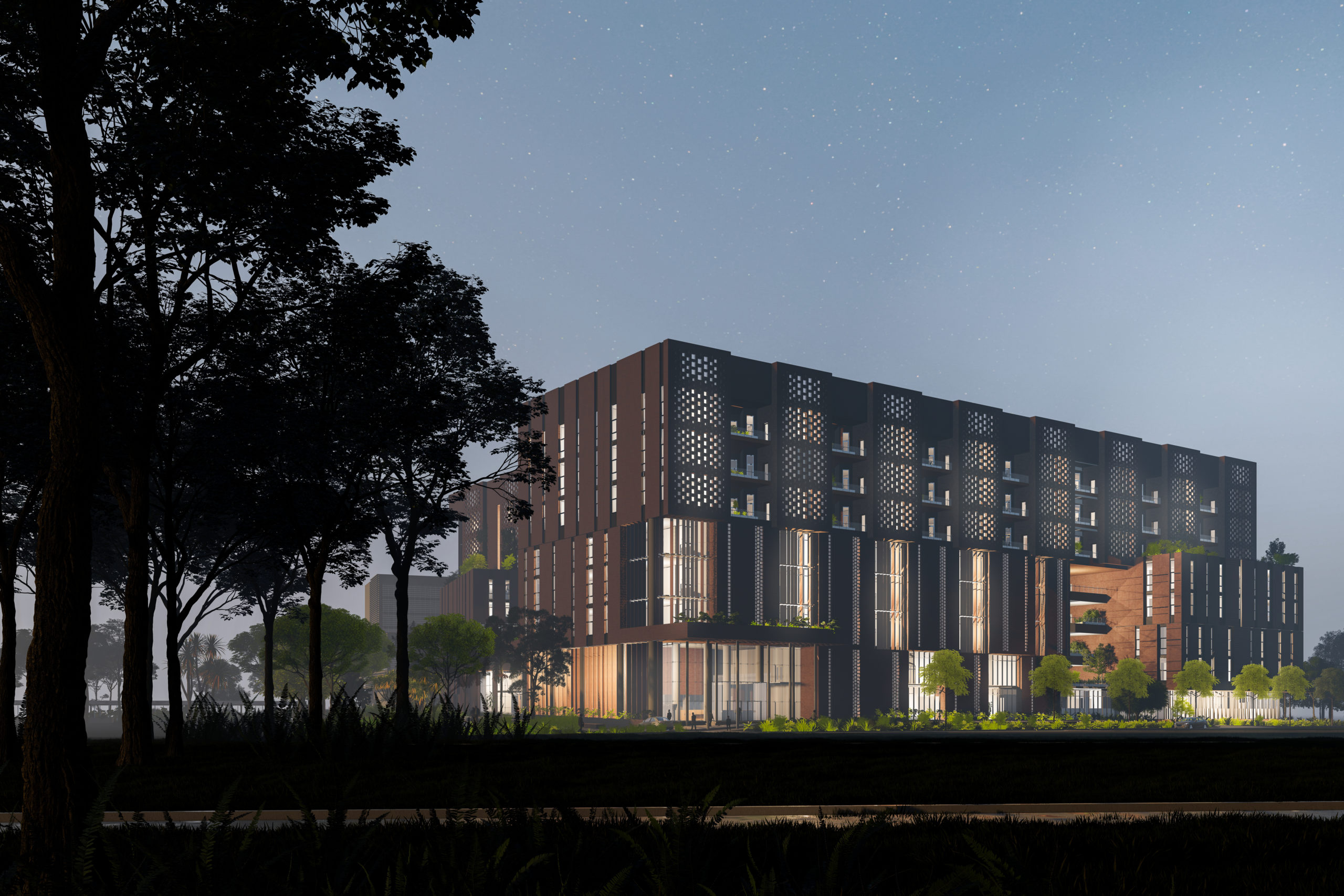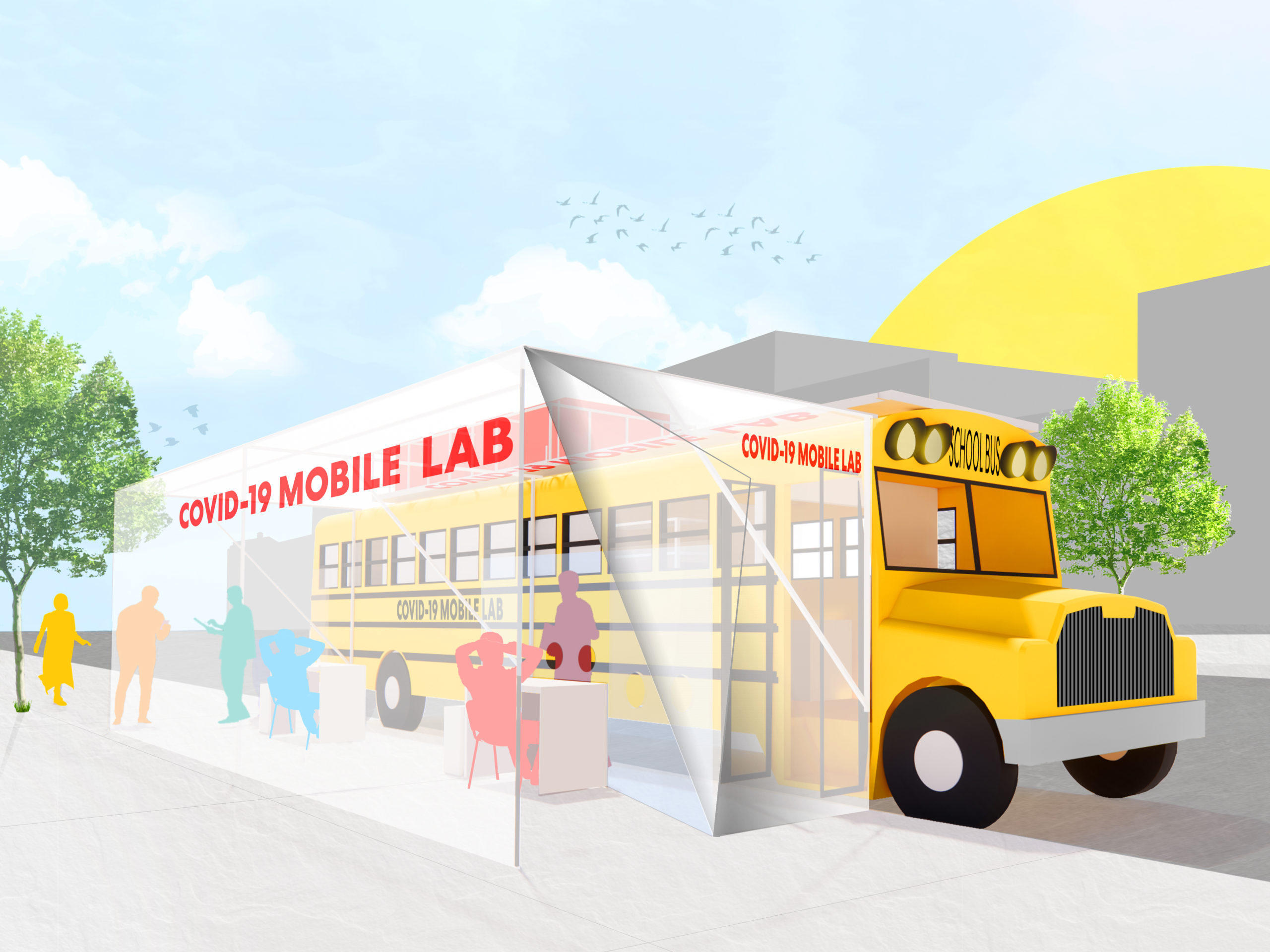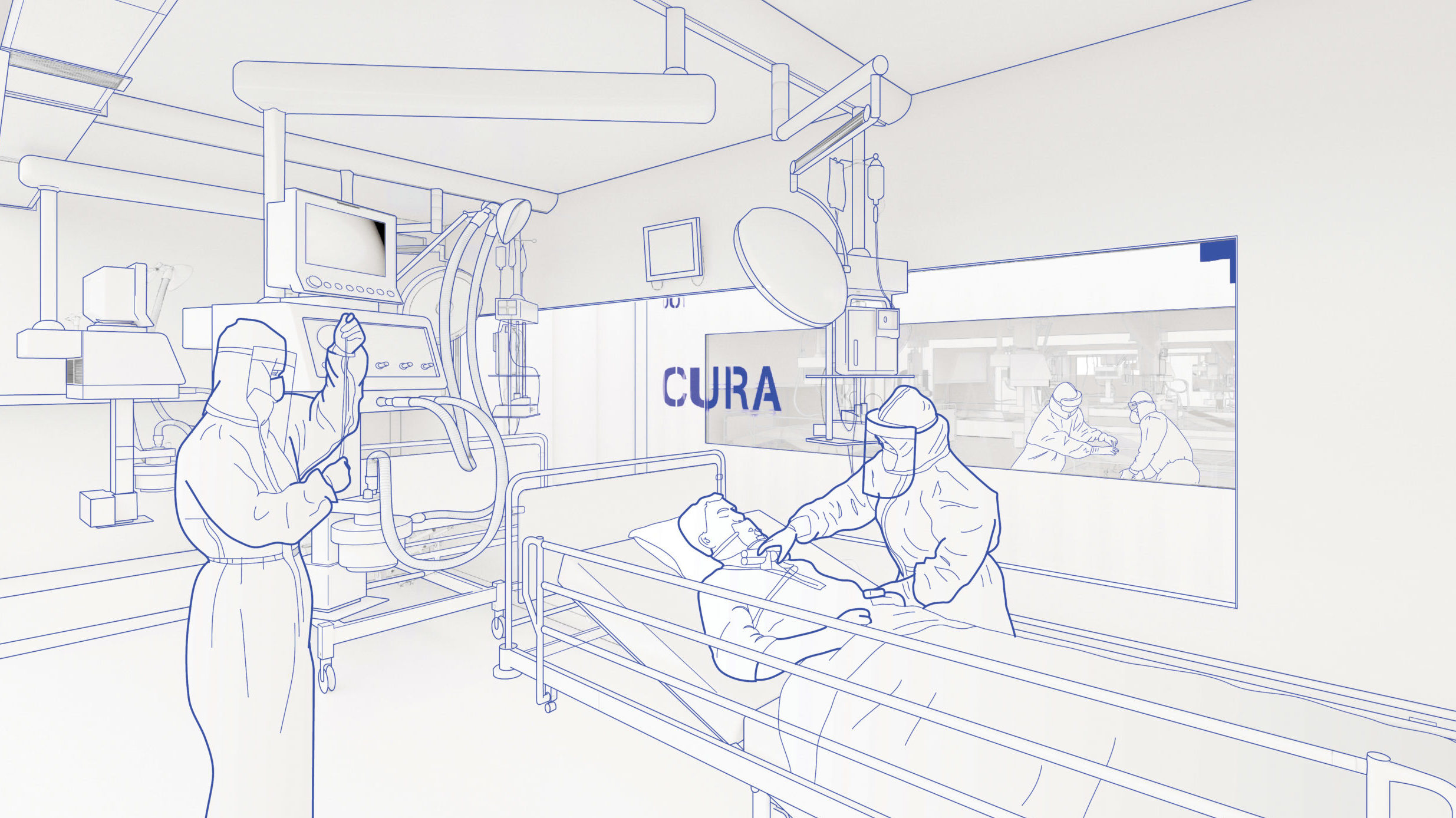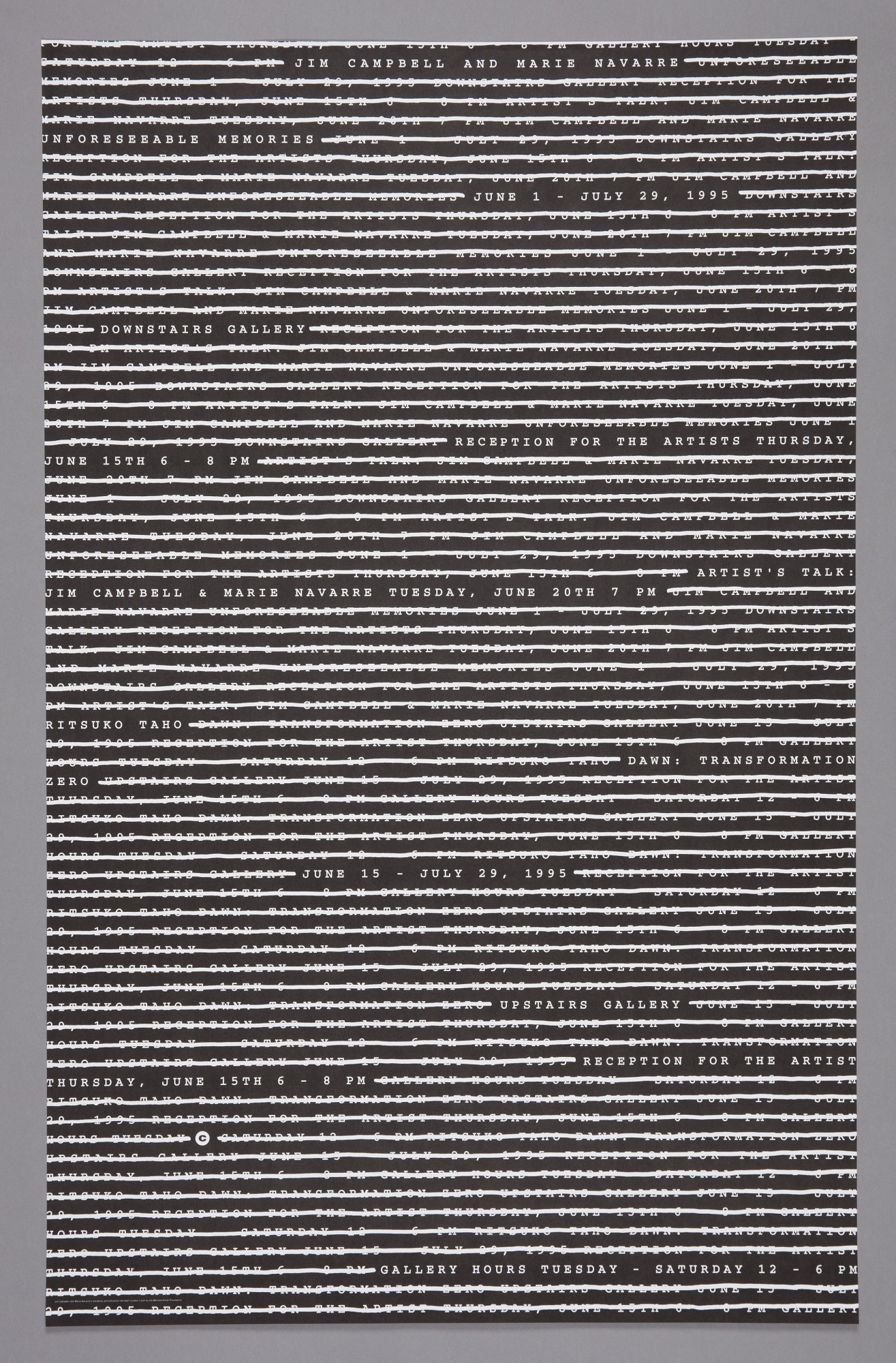Today, vast health networks sprawl across cities and regions, serving as engines of employment and economic growth. Hospital design must account for complex equipment, disaster-safe infrastructure, flexible use, future growth, and the daily flow of patients, families, and workers. Content from the exhibition Design and Healing: Creative Responses to Epidemics, curated by MASS Design Group...
Emergency hospitals and clinics are erected during wars, disasters, and epidemics. Since the 19th century, field hospitals have been prefabricated off-site or made with cheap, readily available materials. Built for temporary use, these rough facilities often stay in use well past their intended lifespans. In spring 2020, emergency hospitals were built in New York City...
Italy was the first country in the European Union to be hit hard by COVID-19. CRA-Carlo Ratti Associati in Turin, Italy created an open-source design and working prototype for an intensive care unit utilizing a shipping container. One unit can house two patients. Windows admit light and allow clinicians and family members to view patients....
Broadside: A single sheet of paper printed on one side only. For centuries, broadsides were a popular ephemeral format for distributing news, announcements, advertisements, or commentary in the form of ballads. Between 1966 and 1975, Broadside Press in Detroit, Michigan published 81 books and dozens of poetry broadsides written and designed by Black writers and...
Laini (Sylvia) Abernathy (who died in 2010) was an artist, designer, and activist. Cooper Hewitt is collecting album covers designed by this important designer, who contributed to the Black cultural scene in the late 1960s. Abernathy was part of the Black Arts Movement (BAM) in Chicago. BAM, a national movement founded after the assassination of...
Rick Valicenti is a legendary graphic designer, whose career spans the transition from analog to digital design production. Rick spoke with Cooper Hewitt curator Ellen Lupton about his design process over Zoom on October 23, 2020. Edited for clarity and length. Ellen Lupton: Rick, where are you? Rick Valicenti: I am in a garage in...
Milton Glaser (1929–2020) was a giant figure in the history of graphic design. Born in the Bronx to immigrants from Hungary, Glaser graduated in 1951 from The Cooper Union for the Advancement of Science and Art, where he and other students received full-tuition scholarships from the endowment established by Peter Cooper. Glaser also studied in...
Keith Godard was playful, funny, irreverent, and smart. Decked out in dapper bow ties and bright red shoes, he brought bubbles of joy to every occasion. He and Studio Works, the company he founded in 1986, contributed mightily to life in New York City. His works are preserved in many museum collections, including Cooper Hewitt,...
Designer Wes Wilson, who died on January 24, 2020, at age 82, created some of the most memorable posters of the psychedelic era. These wavy-gravy, acid-colored, hand-lettered provocations for the eye accompanied rock shows at San Francisco’s Fillmore Auditorium and Avalon Ballroom. Wilson’s posters for the Grateful Dead, Jefferson Airplane, The Association, and other bands...
This rare poster was created in 1930 Paul Schuitema (Dutch, 1897–1968). The poster came to Cooper Hewitt in 2019 as a gift from Merrill C. Berman, one of the world’s most influential collectors of modern graphic design and a longtime collaborator with our museum. With this recent gift, Schuitema’s poster is coming home to Cooper...
A pork shank flies through the air, flanked by nine Allied bombers. Perspective lines shoot out from a distant point of origin, emphasizing the speed, impact, and patriotic urgency of the heroic ham and her military escort. But why? Signed “herbert bayer” in the upper left corner, this mysterious black-and-white printed photomontage is part of...
Herbert Bayer is known for his work as a student and teacher at the Bauhaus, the famous German art school that integrated art, design, and daily life. During Bayer’s formative years at the Bauhaus (1921–1928), he helped create the modern discipline of graphic design by using photography, type, and geometric systems to promote products and...
In celebration of the milestone 20th anniversary of the National Design Awards, this week’s Object of The Day posts honor National Design Award winners. What does “typography” mean to you? Does the word stir up contempt for Comic Sans and Papyrus, or does it conjure a death match between Times New Roman and Helvetica? For...
In celebration of World Pride, June Object of the Day posts highlight LGBTQ+ designers and design in the collection. This poster, published by Visual AIDS in 1994, features a painting by Darrel Ellis (1958–1992), an African-American artist who created photographs, paintings, and mixed media sculptures. Many of his paintings are based on photographs, including family...
In celebration of World Pride, June Object of the Day posts highlight LGBTQ+ designers and design in the collection. What does it take to design a great book cover? An avid taste for literature surely helps, and so does an eccentric eye for images and type. Chip Kidd (American, b. 1964) has designed some of...














